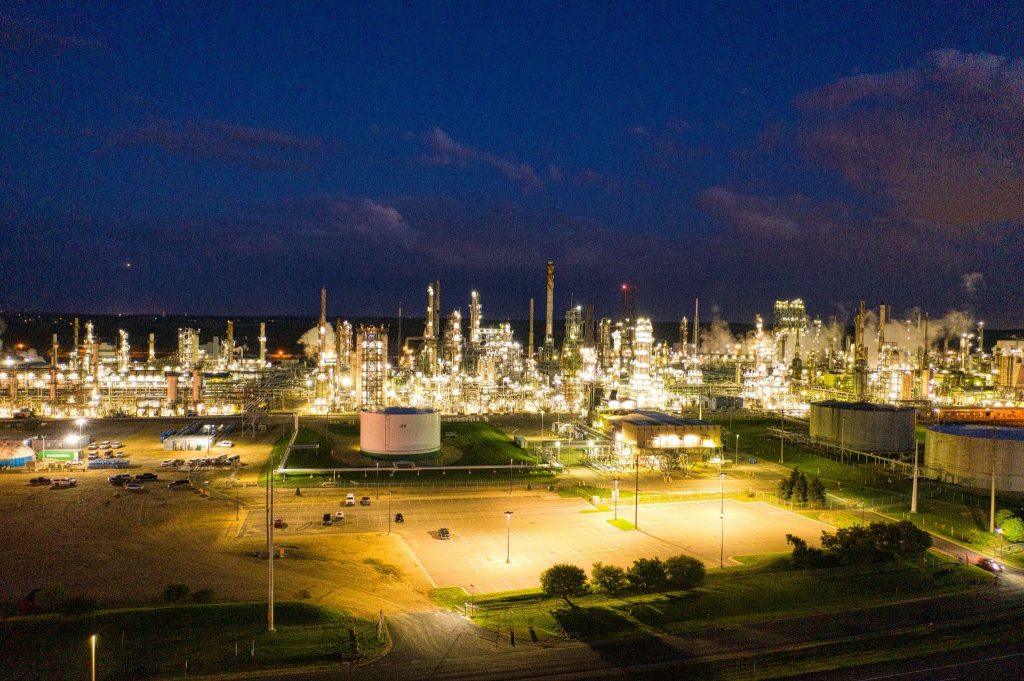Angola’s national oil company announced a significant step forward last week in the development of a comprehensive power and fertilizer plant in the country’s north.
Sonangol, the state-owned oil giant, completed the second phase of its Falcao project, a more than $40 million investment that will supply gas to the combined thermoelectric and fertilizer facility that the company is currently building in the city of Soyo. Once fully online, the Falcao project will supply treated gas to the facility and to an ammonia and urea factory.
The project could pave the way for Angola’s achieving self-sufficiency in fertilizer production, a long-term strategic aim for the country as it continues to expand its economic and political footprint in central Africa.
The benefits of fertilizer self-sufficiency are manifold, according to Angola’s minister of mineral resources, oil and gas. Developing a consistent, domestically produced supply of agricultural nutrients could lead to greater levels of food security across the nation of more than 30 million inhabitants, reduce reliance on imports and reduce Angola’s spending of foreign currency on fertilizer.
It could also have an outsized effect on Angola’s balance of payments. Much of Angola’s foreign currency reserves—the dollars and Euros it earns from trade on the international market, primarily from oil exports—is currently earmarked for procuring fertilizer for its large agrarian population. Producing this same fertilizer domestically would free up Angola’s hard currency reserves for goods and services such as foreign technologies and machinery that produce greater economic returns.
The Falcao project will also allow Angola to maximize gas production, generating energy for domestic economic development and agrarian activities.
The completion of the second phase of the Falcao project comes as Sonangol is developing a refinery in Soyo that will be capable of producing up to 100,000 barrels of crude per day. With a price tag of $4 billion, the Soyo project is expected to become the largest-ever investment in Angola. The deal’s lead partner is a subsidiary of American oil company Chevron.
Much like the Falcao project, the Soyo refinery will help promote energy self-sufficiency in Angola.
Despite being one of the world’s largest producers of crude oil and a member of the Organization of Petroleum Exporting Countries, Angola is a net-importer of energy. Developments like the Soyo refinery could help flip the calculus and make use of Angola’s vast subsurface resource deposits to not only earn revenues on foreign energy markets but also meet domestic power consumption needs.
Soyo is now at the center of a flurry of large-scale infrastructure projects. And it’s no secret why.
The city lies in Angola’s extreme north, where the great Congo River meets the Atlantic Ocean, just several kilometers from the border with the Democratic Republic of the Congo. Its strategic location, coupled with its significant endowment of fuel resources, could position it as a major emerging player in the ever-changing global energy market.
Through Sonangol, Angolan officials have sought to transform Soyo’s favorable geographic site and situation into self-sufficiency for Angolans and returns for investors. The Falcao project and Soyo refinery come as officials seek to privatize up to 30% of Sonangol in the coming years.
